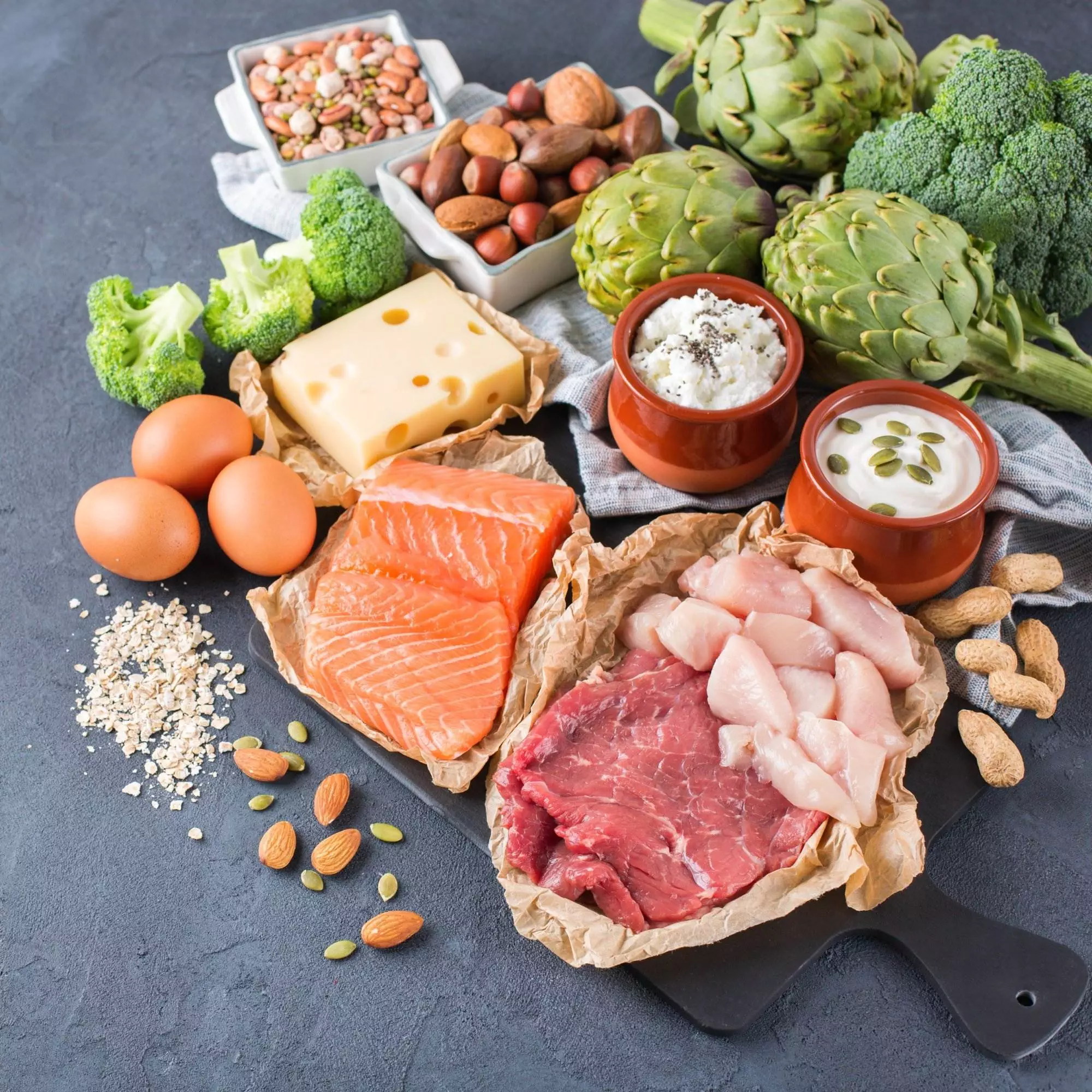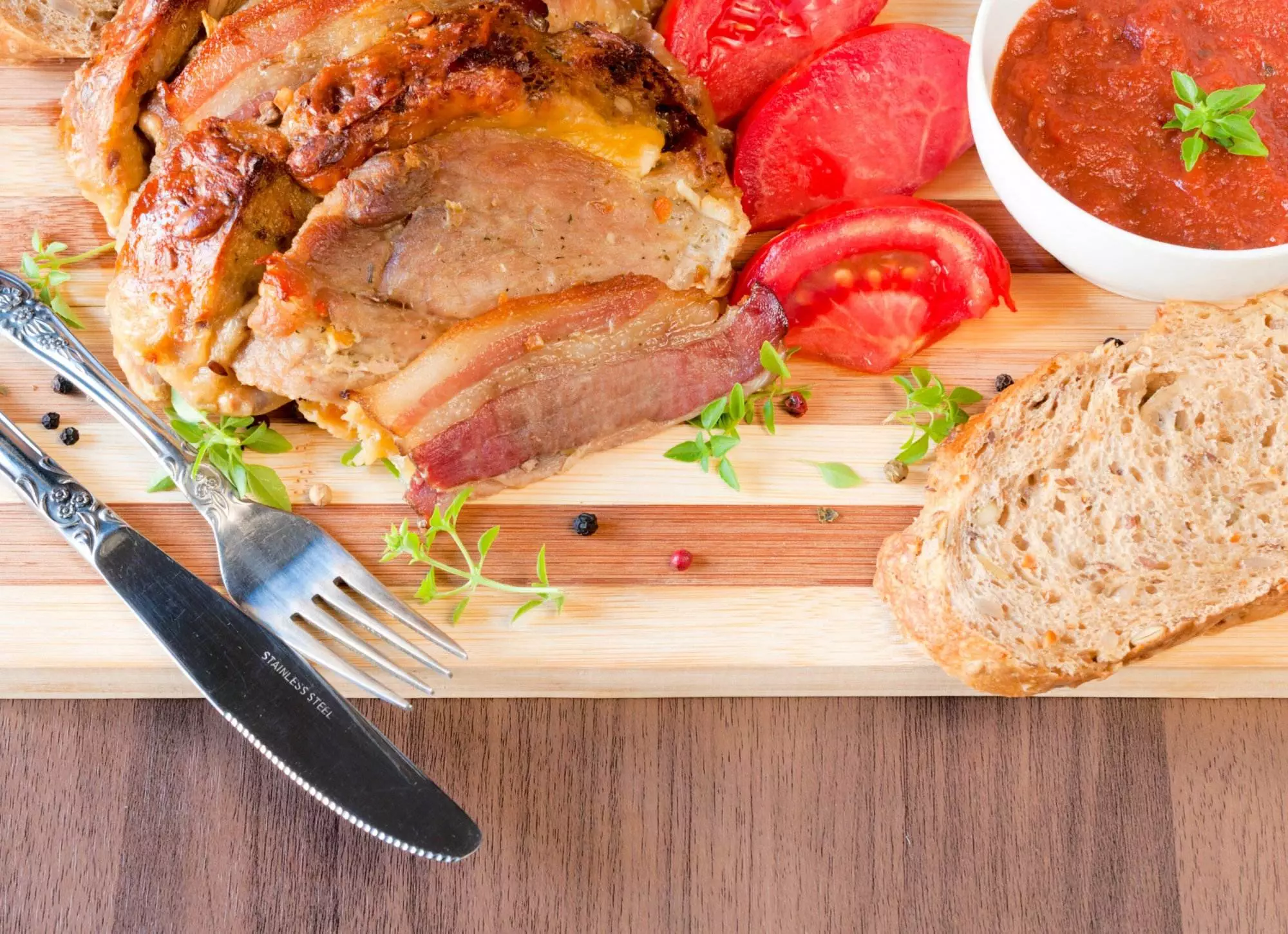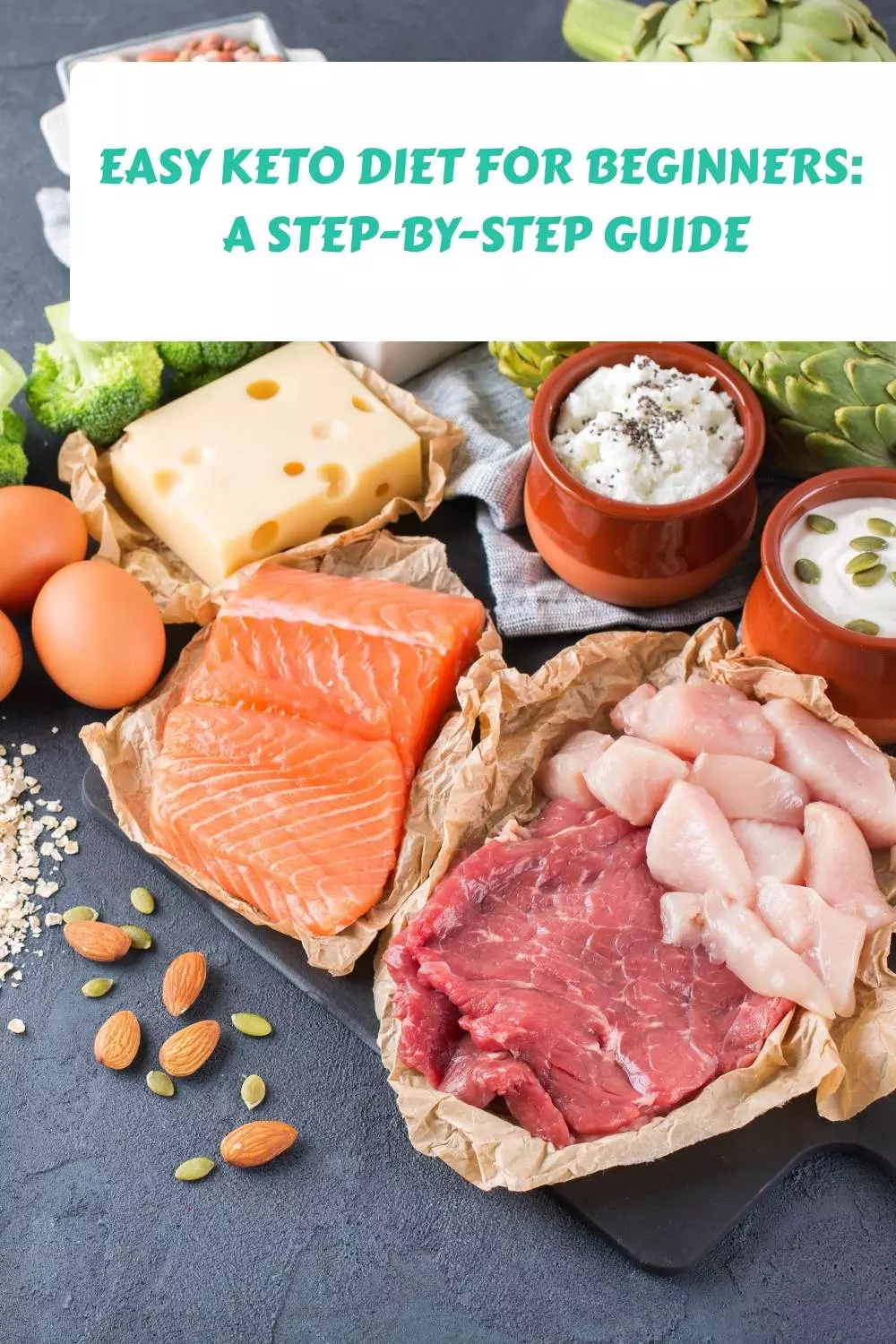
Easy Keto Diet for Beginners: A Step-by-Step Guide
Are you looking to start a ketogenic diet but don’t know where to begin? You’re not alone. The keto diet can be overwhelming, especially if you’re new to it. But fear not! This step-by-step guide will help you get started with the easy keto diet for beginners.
Introduction to the Keto Diet
The keto diet is a low-carb, high-fat diet that helps your body burn fat instead of glucose as fuel. By limiting carbs and increasing healthy fats, you enter into a state called ketosis, which has many potential benefits for weight loss, brain function, and overall health.
What is the Ketogenic Diet
In short, the keto diet involves eating lots of whole foods like meat, fish, eggs, vegetables, nuts, and seeds while avoiding processed foods, sugar, grains, and most fruit. It may sound restrictive at first, but there are plenty of delicious recipes and meal ideas available once you get the hang of it.
Benefits of a Keto Diet for Beginners
There are several reasons why people choose to do a keto diet. Some of the top benefits include:
Rapid weight loss: Many people report losing pounds quickly on the keto diet, especially in the beginning.
Improved energy levels: Once you adapt to using fat for fuel, many people experience more stable energy levels throughout the day.
Better mental clarity: The keto diet has been shown to improve cognitive function and reduce symptoms of depression and anxiety.
Reduced inflammation: By eliminating processed foods and sugars, the keto diet can help decrease systemic inflammation in the body.
Foods to Eat on a Keto Diet
Here are some examples of foods to eat on a keto diet:
Grass-fed beef, chicken, turkey, and fish
Organic eggs
Low-carb veggies like spinach, broccoli, cauliflower, and avocado
Nuts and seeds like almonds, walnuts, pumpkin seeds, and sunflower seeds
Healthy fats like coconut oil, olive oil, and grass-fed butter
Meal Planning and Macronutrient Ratios
To achieve ketosis, you should aim for a macronutrient ratio of around 70% fat, 25% protein, and 5% carbohydrates. Here’s an example of what a typical daily macro breakdown might look like:

Fat: 180 grams
Protein: 93 grams
Carbs: 25 grams
Of course, these numbers may vary depending on your individual needs and goals. It’s best to use a keto calculator or app to determine your ideal macros based on your height, weight, age, and activity level.Common Mistakes to Avoid when Starting a Keto Diet
While the keto diet can be incredibly effective, it’s important to avoid common mistakes that could derail your progress. Here are a few tips to keep in mind:
Don’t overdo it on dairy: While full-fat dairy products are allowed on the keto diet, they can be high in calories and carbs. Stick to moderate portions.
Be careful with sweeteners: Artificial sweeteners and even natural ones like stevia can impact blood sugar levels and kick you out of ketosis. Try to stick to unsweetened drinks and foods.
Watch out for hidden carbs: Even seemingly innocuous foods like salad dressings and sauces can contain sneaky sources of carbs. Read labels carefully and opt for low-carb options whenever possible.
Conclusion
Starting a keto diet can feel intimidating, but with this step-by-step guide, you’ll be well on your way to success. Remember to stay focused on your goals, track your progress, and enjoy all the delicious foods that the keto diet has to offer!

